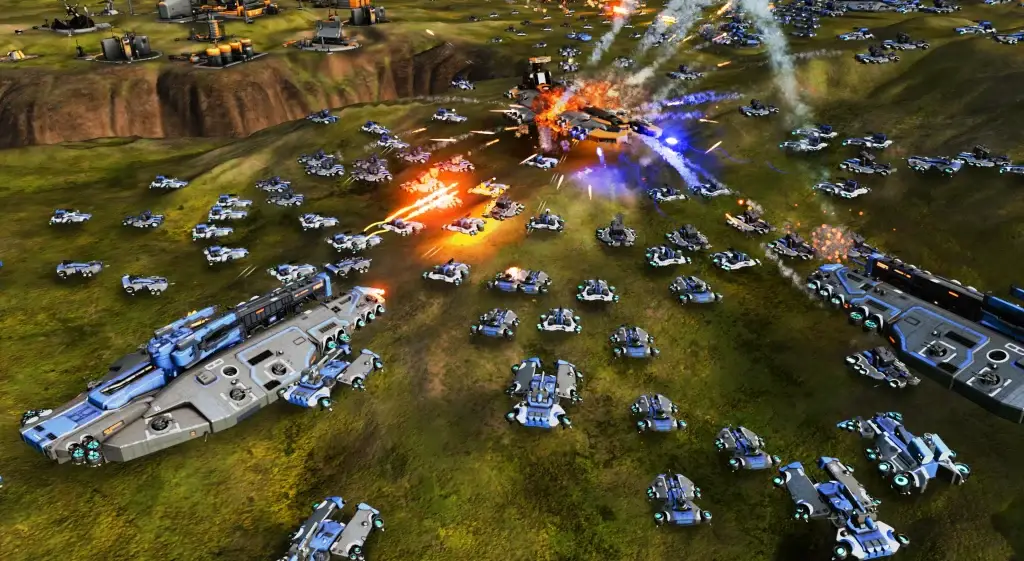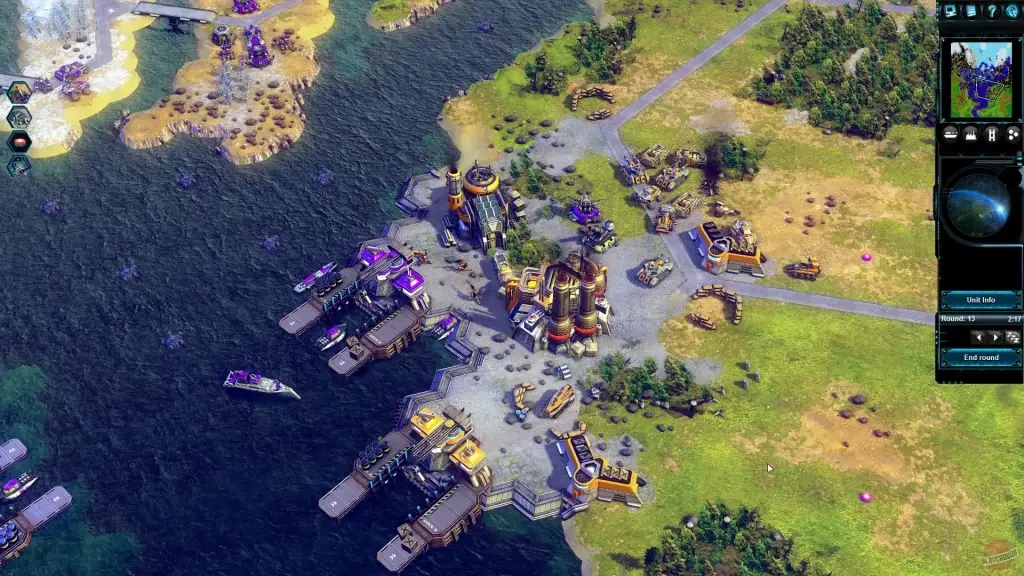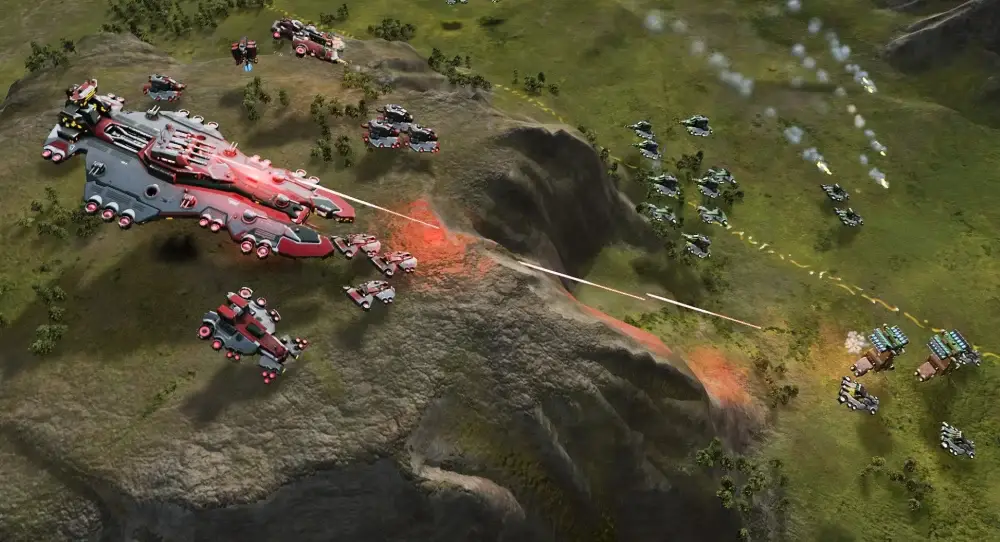Ready to test your strategy skills? Turn-based strategies on PC are a challenge for the intellect. Below is a review of the ten best projects that allow you to immerse yourself in this unique genre. Each of them has the opportunity to test your ability to plan and think tactically.
1. RAID: Shadow Legends – tactics of combinations and fine-tuning
RAID: Shadow Legends is one of the most detailed turn-based strategies on PC, in which every move matters. The project offers a huge selection of champions with unique abilities and skills. To win, it is important to develop complex combinations between characters. Champions are divided into factions such as Barbarians, Dark Elves and Orcs, each of which has its own advantages and disadvantages. The graphics are at a high level, with carefully designed locations and exciting battles.
Secrets of successful champion leveling
Efficient champion development is the key to victory. Use artifacts to improve characteristics, combine skills and distribute resources correctly. Remember that choosing the right artifacts significantly increases your chances of success. In RAID: Shadow Legends, the balance between attacking and supporting heroes is important, which requires a deep understanding of the game mechanics and the ability to predict the actions of opponents.
2. Total Domination – war in a post-apocalyptic world
Total Domination is a real turn-based strategy on PC, where control over resources and the army is crucial. In a post-apocalyptic world, every little thing can affect the outcome of the battle. Competent placement of troops, distribution of resources and setting up defense systems are only a small part of what needs to be done to survive in the face of constant threats from enemies.
Economy upgrade and survival strategy
Build an economy to ensure a stable flow of resources needed to upgrade your army. The goal is not only to attack, but also to defend. It is important to develop a base, build defensive structures and improve combat units. Also use scouts to obtain information about opponents.
3. Throne: Kingdom at War — Royal Power and Management Strategy
In Throne: Kingdom at War, you become a ruler, managing a kingdom in a world of constant conflict. Here, as in any other turn-based strategy on PC, you need to carefully plan your actions. The development of the kingdom begins with the construction of buildings, hiring an army and creating the resources necessary for survival.
Diplomacy and Alliances
Diplomacy plays a key role in Throne: Kingdom at War. Build relationships with other participants, enter into alliances to increase your influence. Engage in espionage to know the plans of your enemies.
4. Vikings: War of Clans — the Viking era and endless battles
Vikings: War of Clans takes you to the era of the warriors of the North. Create your own army of Vikings, develop tactics of attack and defense, use strategy at all levels — from resource extraction to combat.
Resource Management and Social Alliances
The turn-based strategy on PC provides the opportunity to unite in alliances with other users to increase the chances of victory. Manage resources wisely, provide your warriors with everything they need so that they can defend the clan and attack enemies.
5. Stormfall: Age of War – medieval tactics and politics
 Stormfall: Age of War invites the user to become a master of medieval politics. Here, not only strength is important, but also cunning. Build castles, engage in trade and plan your every move. This turn-based strategy on PC is ideal for those who like to think through their actions in advance and develop complex tactical schemes.
Stormfall: Age of War invites the user to become a master of medieval politics. Here, not only strength is important, but also cunning. Build castles, engage in trade and plan your every move. This turn-based strategy on PC is ideal for those who like to think through their actions in advance and develop complex tactical schemes.
Economy and interaction with allies
Strengthen the economy to provide your army with everything it needs. Create alliances to confront strong enemies together. Stormfall offers many development paths, and each of them leads to unique results.
6. Sparta: War of Empires — Time of Heroes and Epic Battles
Immersion in Sparta: War of Empires allows you to build and develop a city-state. As in any other turn-based strategy on PC, resource management is of utmost importance here. You need to build fortifications, train troops and wage large-scale battles that will glorify the polis.
Secrets of Spartan Tactics
Learn the art of Spartan warfare, competently build your defense and attack. Use different types of troops to create an invincible army. Combine different types of troops to achieve maximum effect on the battlefield and do not forget about the importance of allies.
7. Soldiers Inc. — Modern Battlefield and Secret Missions
Soldiers Inc. aims to manage military operations in the modern world. The goal is to use resources wisely, create a strong base and control important objects in order to overcome threats and deal with enemies.
Attack and Defense
Think over effective offensive and defensive strategies. Use intelligence to always be one step ahead of your enemies. Soldiers Inc. offers various types of missions, each of which requires a special approach and careful preparation.
8. Pirates: Tides of Fortune – pirate adventures to the fullest
Turn-based strategy on PC Pirates: Tides of Fortune invites you to become the captain of a pirate ship. Build a powerful fleet and strengthen your base. Every choice is important – from constructing buildings on the island to choosing the direction of attacks on other bases.
Tactics of naval battles and alliances
Naval battles require special tactics and quick reactions. Create alliances with other pirates to increase your chances of success. Proper use of resources and support of allies will help achieve supremacy in the seas.
9. Under Control – secret operations and global wars
In Under Control, success depends on the correct conduct of secret operations. Turn-based strategy on PC invites you to become a master of tactics, use secret weapons and plan moves many steps ahead.
Using Special Equipment
Equipment plays a key role in Under Control. Use drones, special equipment, and secret agents to carry out covert operations. Plan every action to ensure victory with minimal losses.
10. Throne of Glory — Medieval Tactics and Heroes
Throne of Glory gives users the opportunity to build and develop their own medieval kingdom. Create a castle, train knights, and strengthen your position.
Tournaments and sieges
Castle sieges and knightly tournaments are an important part of the game. Attack plans, troop distribution strategy, and defense organization allow you to feel like a real king. Not only strength is important, but also the ability to predict enemy actions and respond to them in a timely manner.
Conclusion
 Turn-based strategies on PC are unique games that challenge gamers around the world. Projects require patience, the ability to plan, and the desire to improve. The options presented are a real test of the mind. Choose your project and show what you can do when every step is a chance to win or lose.
Turn-based strategies on PC are unique games that challenge gamers around the world. Projects require patience, the ability to plan, and the desire to improve. The options presented are a real test of the mind. Choose your project and show what you can do when every step is a chance to win or lose.
 en
en  de
de  ar
ar  es
es  nl
nl  hi
hi  fr
fr  it
it  pt
pt  el
el 



